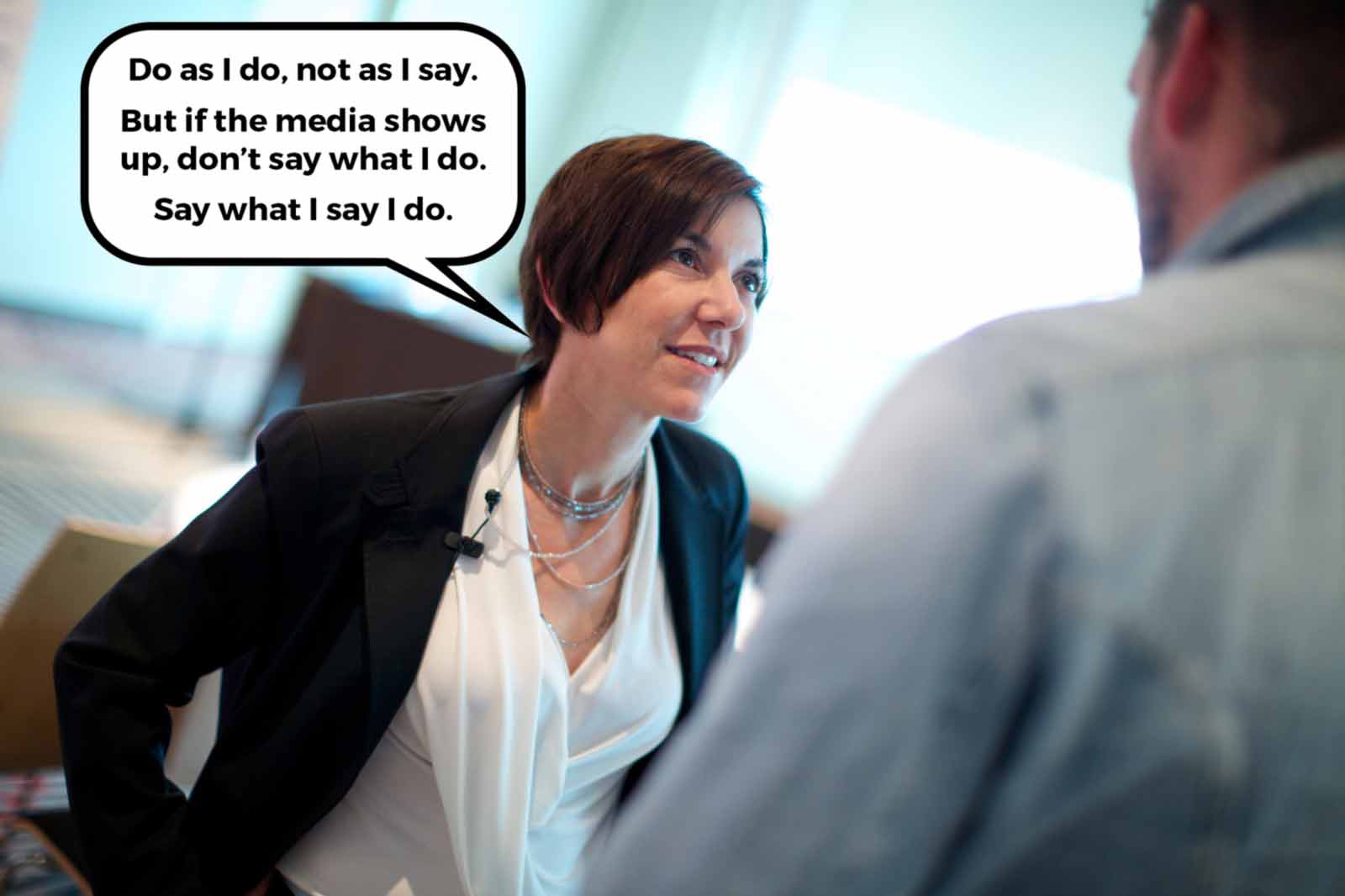In case you missed it, The New York Times recently published a tell-all exposé about Amazon’s corporate culture. The short of it: Amazon is a competitive, punishing, often-cruel workplace. People cry at their desks, sometimes past midnight. And worse things happen too.
Jeff Bezos sent a message to staff, asking them to read the Times article, saying he didn’t “recognize this Amazon,” and he hoped they didn’t either. He also offered a LinkedIn write-up from an employee, which argued something like, “Amazon’s culture isn’t as bruising as the article claims. Those are bygone times.”
Then there was a lot of responses, like this independent write-up from a past editorial director, who felt pushed out of Amazon after being diagnosed with cancer while on maternity leave. (Her story echoes the original article's tales of Amazon’s work-above-all responses to personal crisis.)
So, in light of all of that, let's talk about culture.

Growing Corporate Culture
Culture comes from the Latin root “colere” or “to tend.” (You can also see the root in the words “cultivate” and “cult.”) Based on those origins, an interpretative definition of culture is “an environment that has been grown.”
A corporate culture can grow from spoken rules and tenets. For example, “Work Hard, Think Big, and Eat Kale” written on walls and employee business cards might induce a productive, ambitious, fibrous culture.

But a culture also grows from the unspoken beliefs and mores of a company’s people. These silently formed understandings are tougher to pin down. They’re developed behind closed doors, from invisible pressures.
The Power of Unspoken Pressures
The interesting thing is that the unspoken beliefs and mores create a powerful force within a culture. Consider the phrase “My door is always open.” At face value, it implies that dialog is encouraged and hierarchy should be ignored.
But depending on the corporate culture, that same phrase could be interpreted any number of ways, such as:
- “My position merits an office, while yours does not.”
- “You should come to me, because I won’t come to you.”
- “I am available to the employees brave enough to enter my office and interrupt me.”
- “This is one of those things I like to say, but never really mean.”
These unspoken social interpretations are a big part of employee engagement and culture. They dictate the office definition of “business casual.” They pressure people to clock out at 6:00, even if they finished their work at 5:30. They influence whether employees share their honest opinions or guard them. Their invisible force also imparts a distinct hint of middle school politics on the workplace.

Cultural Shifts Need Leadership
As we know from our work in helping companies build customer-centric cultures, leadership must be on board for any real cultural change. That’s because change is a matter of three very difficult things:
-
Empowering employees to speak the unspoken. Employee engagement surveys are only as good as the candor with which they’re taken. If employees are trained to ignore their pains, then they have to feel encouraged to diagnose and reveal them.
-
Taking responsibility for problems. It’s hard to pinpoint blame for problems in a corporate culture. However, to spur real change, leadership would be smart to take that blame. And because employees are sharing vulnerable information, issues should be addressed with humility, sensitivity, and open communication.
-
Prioritizing change. Because a corporation’s culture lives in its people, everyone from leadership to the ground floor must be empowered to change. The target has to be clear and well communicated. (In our research, customer centricity works very well.) Every employee has to feel responsible and connected to the cultural shift, and they need the power to act accordingly.
What This Means for Amazon
It’s unclear if Amazon wants to change its culture. Yes, Jeff Bezos wrote he was against such “callous management practices” and asked employees to contact him directly with horror stories.
But that doesn’t mean employees believe that to be true. And without that belief, that culture isn't growing anywhere.
Want More?
For more insights, click here to subscribe to our blog. You can also download our free checklist by clicking the button below. It can help you assess the customer centricity of your own culture.
* * *





